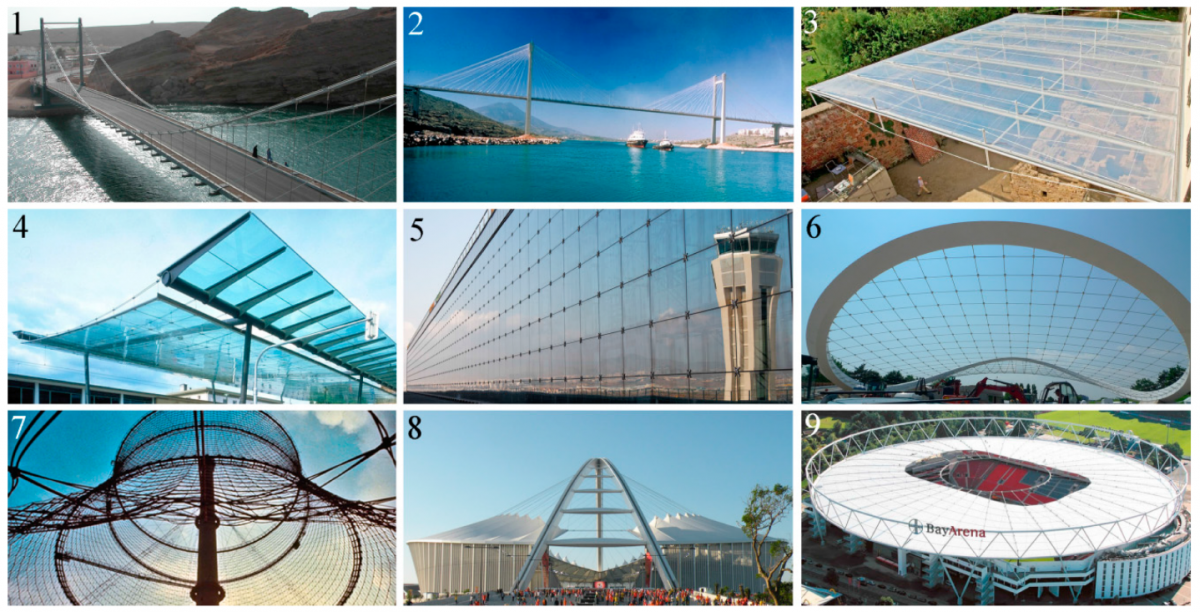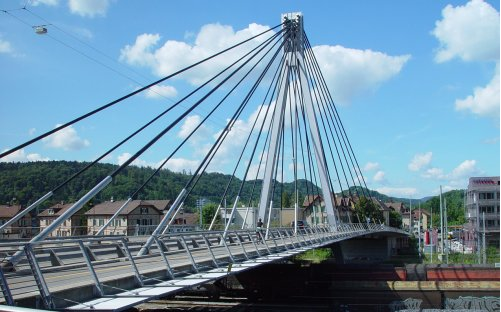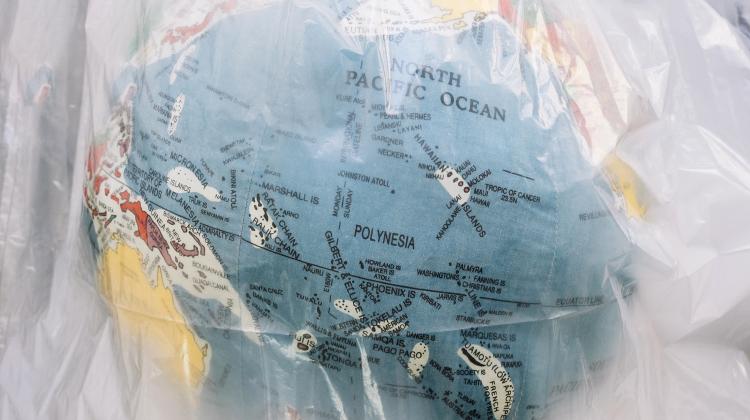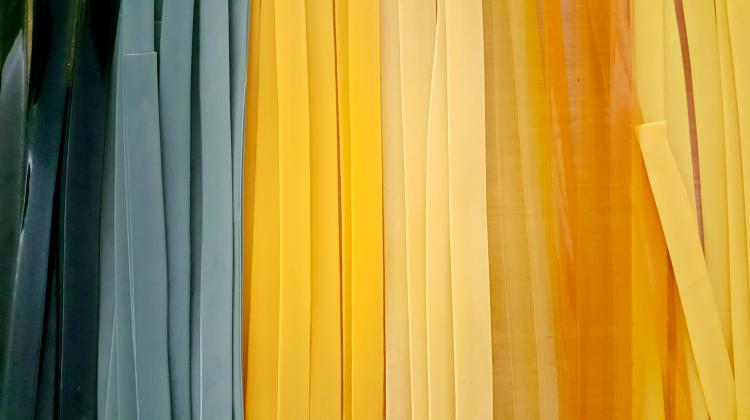Composite materials have been around for thousands of years as already in antiquity, heterogeneous materials made of two or more compounds with different properties were used in civil engineering. Typically, one of them was the matrix that provided for cohesion, flexibility, hardness, and compressive strength, whereas the other was responsible for a majority of the remaining mechanical properties of the composite.
In the context of technologies of polymer composites commonly known as fiber reinforced polymers (FRP) the term composite materials was adopted by global industries around 100 years ago: first, by chemical industry, next, electronics industry, while with time, composite materials revolutionized aviation and transport industries.
The earliest applications of composite materials in civil engineering occurred in the 1950s, although they were not used to strengthen structural elements. They were used as architectural decorative historical finishing elements of elevations, moldings, domes, and wall paneling. Only in the 1980s were composites used in civil engineering both as structural strengthening as well as separate structural members made entirely or partially of composite materials.
At the same time, with the development of experimental research, a number of applications in real-life bridge structures, industrial and public buildings were observed. This perfectly elastic material, although unusually light-weight, enables distribution of huge tensile stresses, even repeatedly variable, e.g. in the case of dynamic loads or, in particular, seismic. If, additionally, such composite tendons have been prestressed, they will transfer manifoldly larger forces than similar tendosn made of steel. There is considerable opportunity to take advantage of carbon fibre tendons in the construction of bridges, overpasses, and any kind of cable-stayed structures.
CFRP (Carbon Fiber Reinforced Polymer) cables were used in a cable-stayed bridge for the first time in 1996 (Stork Bridge in Winterthur, Switzerland, Fig. 1, Meier, 1996).
Composites, mainly carbon composites, allow us therefore to render roofs, overpasses, and bridges that would not be possible if traditional materials (steel and concrete) were to be used. The future of composite applications seems to be large-area roofs and elevations of unusual shape. Are we imagining it? Or is it already reality?






